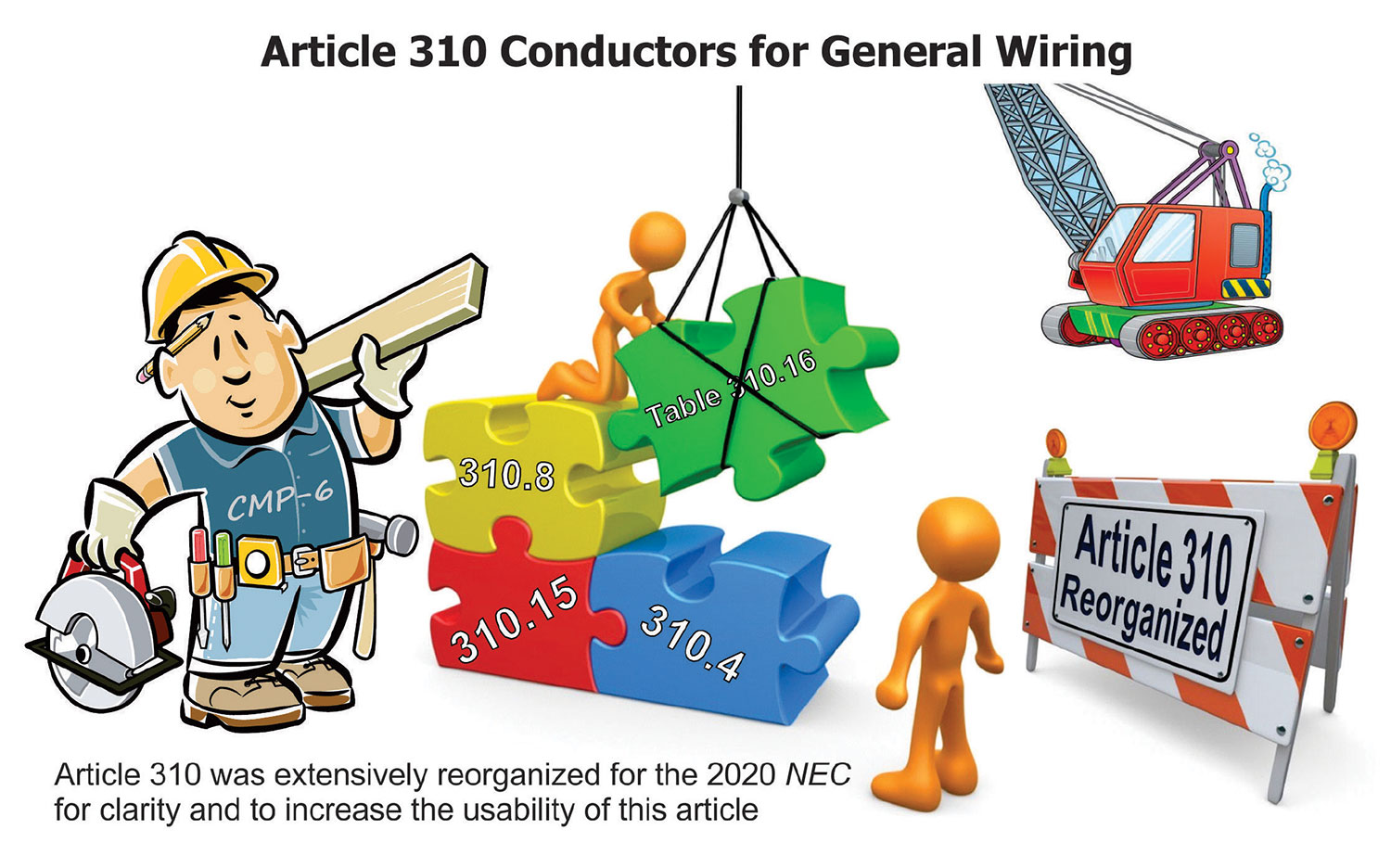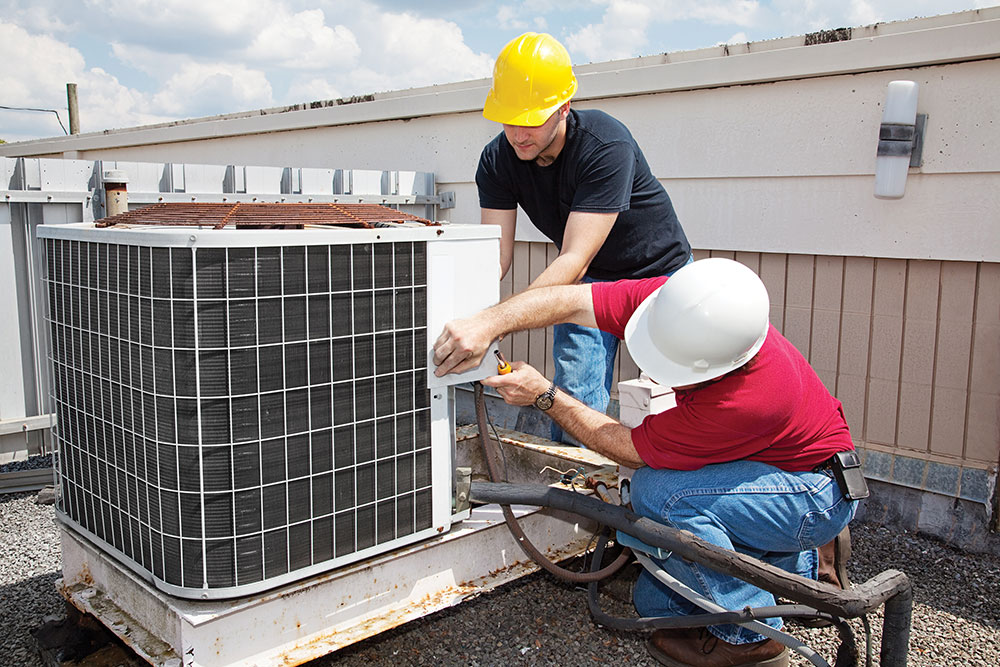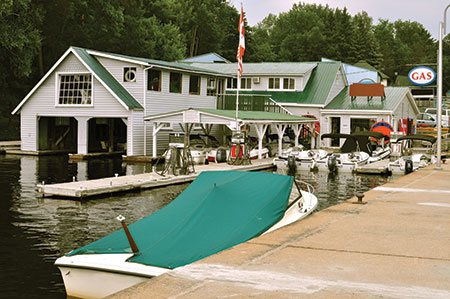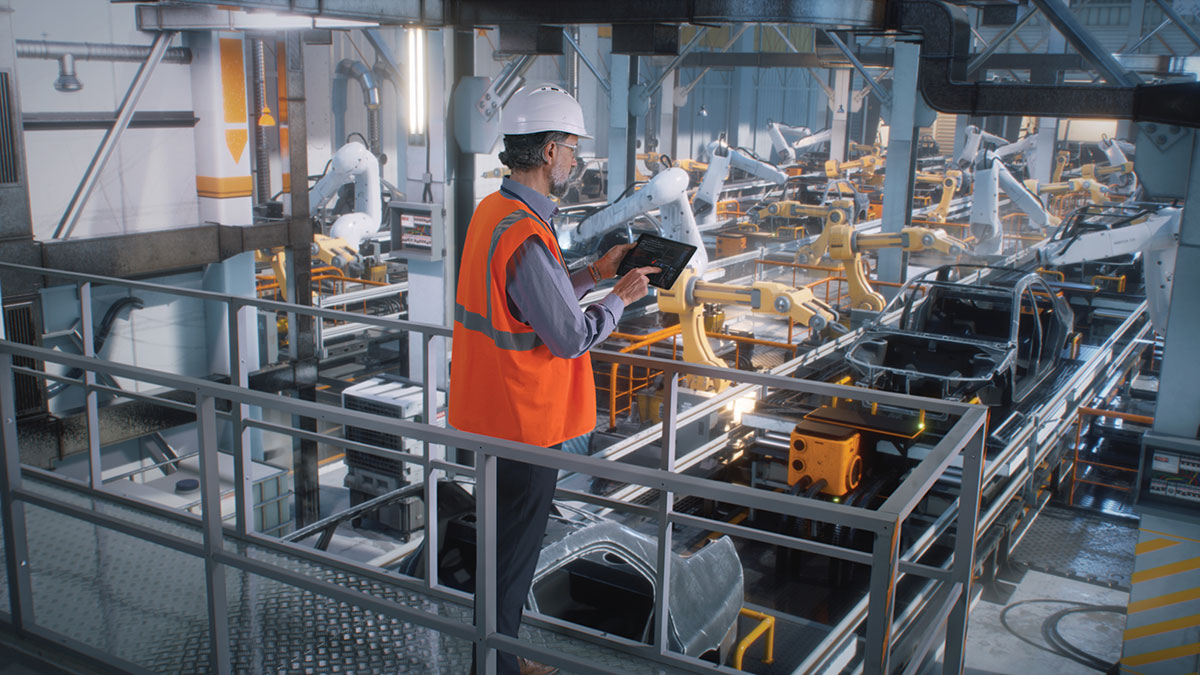Green buildings sometimes may be just that, green, with grass and trees covering the rooftops providing the office occupant a serene view while working on upper floors. The initial purpose of this type of building is to mitigate heating effects of metal or rubber roofing materials, thereby enhancing the efficiency of the heating, ventilation and air conditioning (HVAC) system while maintaining a stable indoor temperature.
Today, the term “green building” has evolved to describe structures that prioritize sustainable building materials, efficient water usage, improved air quality, and energy efficiency. These buildings often aim for “net zero” status, where the energy consumed is balanced by renewable energy sources. In addition to using recycled materials, designers typically incorporate renewable energy technologies such as solar photovoltaic (PV) panels, wind turbines, and energy storage systems (ESS). They also specify energy-efficient electrical and mechanical equipment to minimize the building’s utility power consumption. So, instead of green grass on the rooftop, you might see rows of PV panels and exterior light emitting diode (LED) luminaires. Some design professionals additionally support achieving net zero status by creating photovoltaic (PV) panel covered carports and sidewalks which are already required by other codes. Using this air space over parking lots and walkways reduces the overall footprint of the building site. While others may incorporate an ESS system with a PV or wind turbine system. These are frequently set up to charge the batteries during daylight hours and windy days, then the ESS will take over at night or when there is no wind, resulting in minimal to zero electrical usage.
Can the addition of energy-efficient electrical equipment and renewable energy sources influence electrical safety or an electrical inspector’s tasks? The impact on safety should be minimal where:
- Electrical systems are installed in compliance with the NFPA® 70, National Electrical Code (NEC®), including electrical inspections.
- Electrical systems are properly maintained according to the manufacturer’s installation instructions and NFPA 70B, Standard for Electrical Equipment Maintenance.
- Employees working on electrical systems are protected in accordance with NFPA 70E, Standard for Electrical Safety in the Workplace and the Occupational Safety and Health Administration (OSHA) regulations.
These three documents make up the Electrical Cycle of Safety™ (ECoS™). While the NEC is the most recognized and often incorporated by reference (IBR), it is essential not to overlook the other two standards.
NFPA 70B is crucial for businesses and facility owners to follow, as it helps limit downtime through proactive equipment maintenance. Remember, you can choose when to maintain your equipment, or the equipment will choose for you, often at the most inconvenient times, leading to increased downtime .
NFPA 70E and OSHA work together to ensure employers provide safe workplaces for their employees. NFPA 70E offers guidelines for electrical safety in the workplace, while OSHA enforces these safety standards.
Neglecting any of these standards can have severe consequences, including increased risk of accidents, harm to employees, and danger to first responders in the event of an incident. Adhering to all three standards is essential for ensuring safety and operational efficiency.
Let’s examine the role of the electrical inspector in the installation phase of the ECoS™. The electrical inspector is crucial in this initial step, meticulously reviewing electrical drawings for code compliance and any interconnected alternative energy sources. After the plan review, the inspector ensures that all components of the electrical system are installed according to the drawings as well as meeting applicable code requirements.
Special attention should be given to alternative energy sources, as they can be confusing to some inspectors and installers. Systems like PV, wind turbines, and ESS may operate as utility-interactive systems, connecting through a utility-interactive inverter directly to the utility power source. This connection can occur on either the line side or load side of the service disconnecting means, each with distinct requirements outlined in Article 705. This article details the connection points, bus bar ampacity, conductor ampacity, and the size of overcurrent protection if connected on the load side of the main service overcurrent protection.
Electrical inspectors are vital to the entire ECoS because improper installation or a lack of inspections can increase the risk of equipment failure, potentially leading to injury or death of employees.
After the electrical inspection is completed and occupancy of the building is granted by the Authority Having Jurisdiction (AHJ), it is advisable for the building owner or facility manager to develop an Electrical Maintenance Program (EMP). Section 4.2 of NFPA 70B outlines the components of an EMP, which include:
- Inspection
- Condition of Maintenance
- EMP principles
- EMP controls
- Incident Investigations
- EMP Audit
As you see inspections are the top on the list. Therefore, all installations of electrical equipment must be inspected by an AHJ, who may or may not be an electrical inspector. Some facilities may designate a knowledgeable individual for this purpose, even if they are not a certified electrical inspector. Proper maintenance on electrical equipment can reduce downtime and potential injuries to employees. Scheduling that maintenance allows for controlled downtime, ensuring all necessary parts, equipment, and manpower are available to complete tasks efficiently. Otherwise, unexpected equipment failures can lead to longer downtimes, potential damage to other equipment, or injuries to employees.
Always consult the manufacturer’s installation instructions for the specific maintenance requirements for each alternative energy component or piece of electrical equipment and then work with the applicable chapters of NFPA 70B. Each alternative energy system has its own specific maintenance and safety requirements, which are covered in Chapter 30 for photovoltaic (PV) systems, wind turbines in Chapter 31, and energy storage systems (ESS) in Chapter 32 of NFPA 70B. These chapters cover the frequency of maintenance, required procedures, and types of testing. Any general requirements are explained in chapter 4. So, how does NFPA 70B and 70E tie together for our green building?
Let’s look at a key principle in the EMP for this answer. The principle is the EMP must be designed to work in conjunction with the applicable Electrical Safety Program (ESP) created by the employer. An EMP, according to NFPA 70B, Section 4.2.4.2, must contain key elements, one of which is an ESP that addresses the condition of maintenance. This links the two standards together.
Now we need to see what the requirements of an ESP are. According to NFPA 70E, section 110.3, an employer shall implement and document an overall ESP that directs activity appropriate to the risk associated with electrical hazards. And the first thing on the list is? Inspection, all newly installed or modified electrical equipment must be inspected to comply with the applicable installation codes, which is the NEC. Second on the list is the condition of maintenance, the ESP requires elements that consider the condition of maintenance. It is dangerous to work on equipment that has not been properly maintained because it may not work as it should, resulting in an electric shock or an arc flash.
Green buildings with alternate energy sources will require a robust ESP. All tasks involving potential electrical hazards must go through a risk assessment procedure where hazards are identified, risks are assessed, and risk controls are implemented according to the hierarchy of risk control (HoRC) methods. Topping the list in the HoRC is elimination, which requires that the hazard be eliminated. This is accomplished through the establishment of an electrically safe working condition (ESWC).
The process for establishing an ESWC is found in NFPA 70E, section 120.6 where the equipment is deenergized. One of the first steps in the ESWC is to determine all possible sources of electrical supply to the equipment, such as the PV, wind turbines, or ESS systems that will likely be in the net zero building. This is why the electrical inspector needs to be diligent in their plan review of the single-line diagrams. Somebody’s life could depend on it. Now the initial inspector is not responsible for additions or alterations made after the fact, but that is why the ESP has the requirement of an inspection in it. The single-line diagram is vital to establishing an ESWC. This is just one of the eight steps involved in the ESWC process and not one step can be missed, or a catastrophic incident could occur.
An electrical system for a net zero building is not really that different, it is just electrical wiring and equipment. But it must be properly designed, installed, inspected and then properly maintained to ensure equipment remains safe. And finally provide a safe workplace for all employees that may be working in or around the electrical equipment. To help accomplish this safely, take advantage of the latest NFPA online learning training programs on the NEC, 70E, and 70B. Visit nfpa.org for more information..
Important Notice: Any opinion expressed in this column is the personal opinion of the author and does not necessarily represent the official position of NFPA or its Technical Committees. In addition, this piece is neither intended, nor should it be relied upon, to provide professional consultation or services.












Find Us on Socials